
ON THE ROAD AGAIN……………
Whoa, all I want is on the road again,
Just can’t wait to get on the road again
Going places I’ve never been,
Seein’ things I may never see again……….
And I can’t wait to get on the road again

Ah, “On the Road Again,” an award-winning song written by Willie Nelson in 1980 and sung countless times by him and others over the years. Wearing the inimitable bandana and characterised by his gritty voice and stubbly beard, the sentiments expressed by this iconic American troubadour resonate with me now, because…
I am on the road again, this time to Nashville, Music City USA, the heart of Country Music whose heart is beating stronger than ever. My introduction to the music of Nashville began at the Ryman Auditorium — also known as “The Mother Church of Country Music” and the “Home of Bluegrass.”
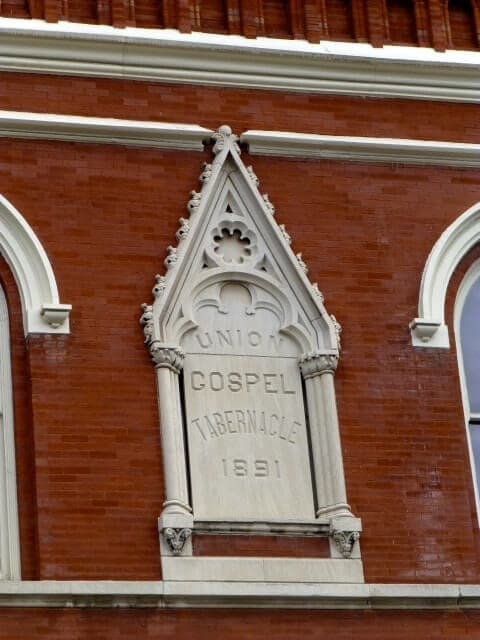
The reason it is known as “the Church of Country Music” is because it really was a church! More accurately, a tabernacle built for religious services that has morphed into a concert venue with an interesting history. In the above photo, you can see the original commemorative stone dated 1891.
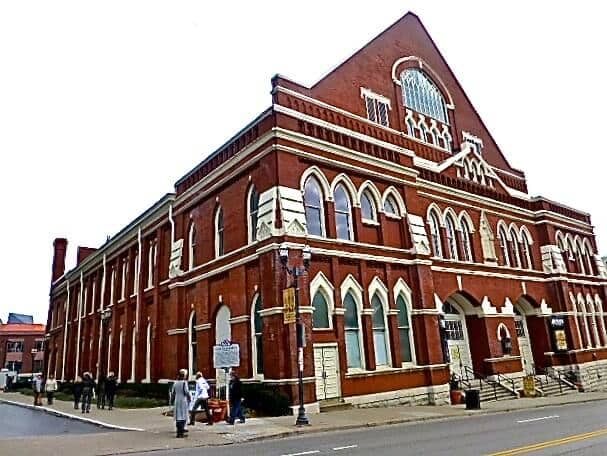
The Ryman is located downtown at 116 5th Avenue, just off-Broadway. Walking along Broadway and following signs to the Ryman Auditorium, I made a turn at the corner of 5th; half a block up the hill, I stopped in my tracks at the sight of an enormous red church.
This was the Ryman Auditorium or the “Mother Church of Country Music.” There are many legends about the origins of the Church, but the two lead characters were the Reverend Samuel Porter Jones and Captain Thomas Green Ryman. In the late 1880s, Nashville had its fair share of problems with alcohol and delinquent behavior. Jones, a minister of religion, sought to counteract all this preached about the sins of alcohol and loose living from a makeshift open air “Tabernacle.”
Captain Ryman was a “rough around the edges” sea captain and owner of a fleet of riverboats and saloons: liquor, wild women and debauchery were his lifestyle. Annoyed by the Reverend preaching about the clean life, the Captain decided with a few of his friends to attend one of the Revival meetings at the Reverend’s open air “Tabernacle” intending to cause a disturbance. Instead, Ryman found meaning in the Reverend’s preaching and was converted!
Legend has it the Captain instructed all of his saloons to instantly empty their whiskey barrels into the Cumberland River — and so much whiskey was poured in that day, the fish were tipsy!!
With his newfound zeal, Captain Ryman undertook to build a brick and mortar Tabernacle, to be shared by all religions and where the Reverend Jones could hold his religious services. Construction of the new Church began and it officially opened in 1891, even though the building was not completed until the following year. It was named the “Union Gospel Tabernacle”, taking on the name “Ryman ” after the Captain’s death to honor him.

Over the years, the original building has been updated and modified to keep up with the needs of different shows and performers. An upstairs balcony was added and the size of the stage has been increased as it was originally designed as a pulpit, not a performing arts space. There has always been a shortage of dressing rooms here as these were not part of the original design — temporary dressing rooms are sometimes installed. Still, the Ryman Auditorium is famous for its excellent acoustics, said to be almost as good as the Carnegie Hall in New York.
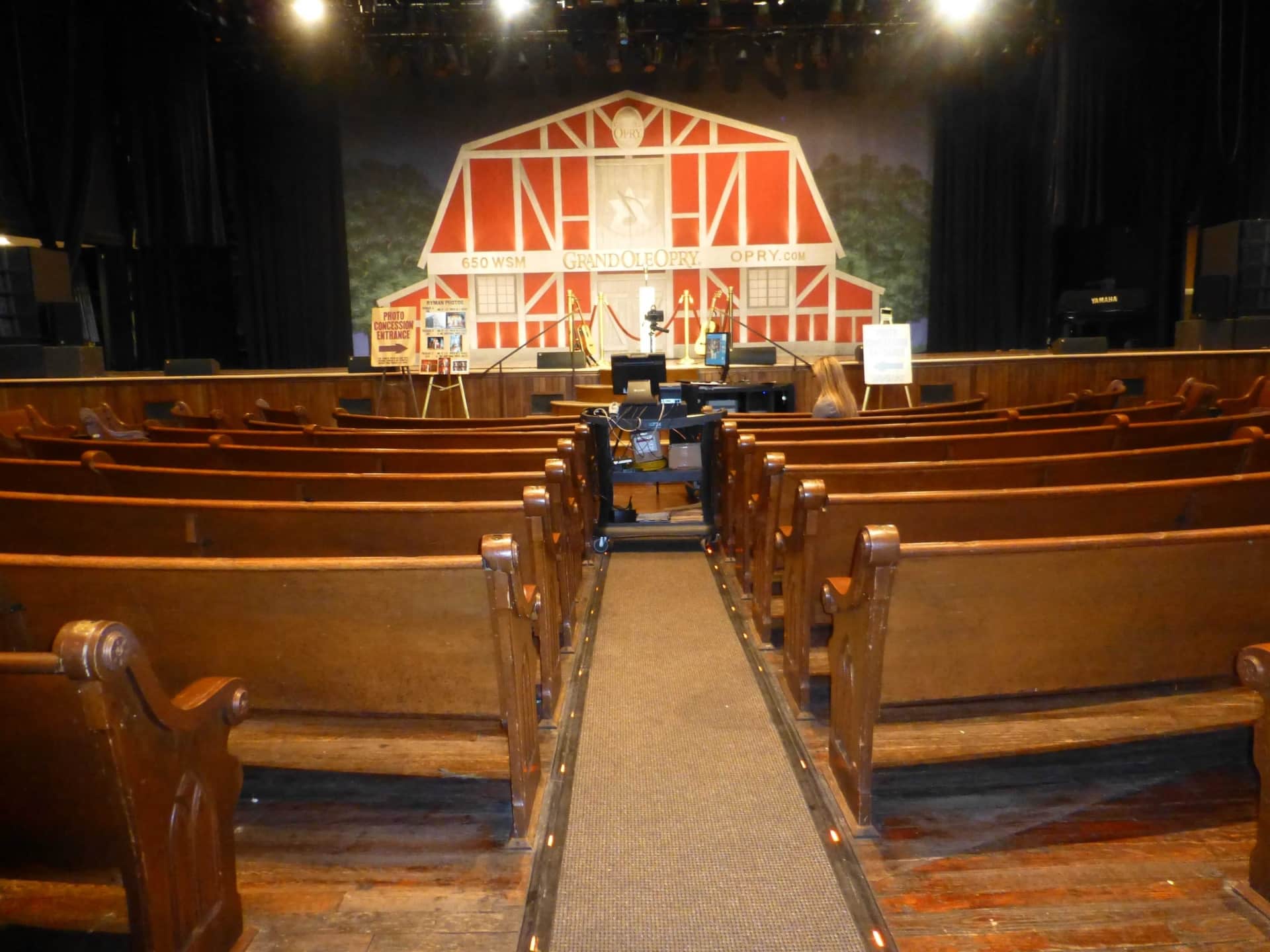

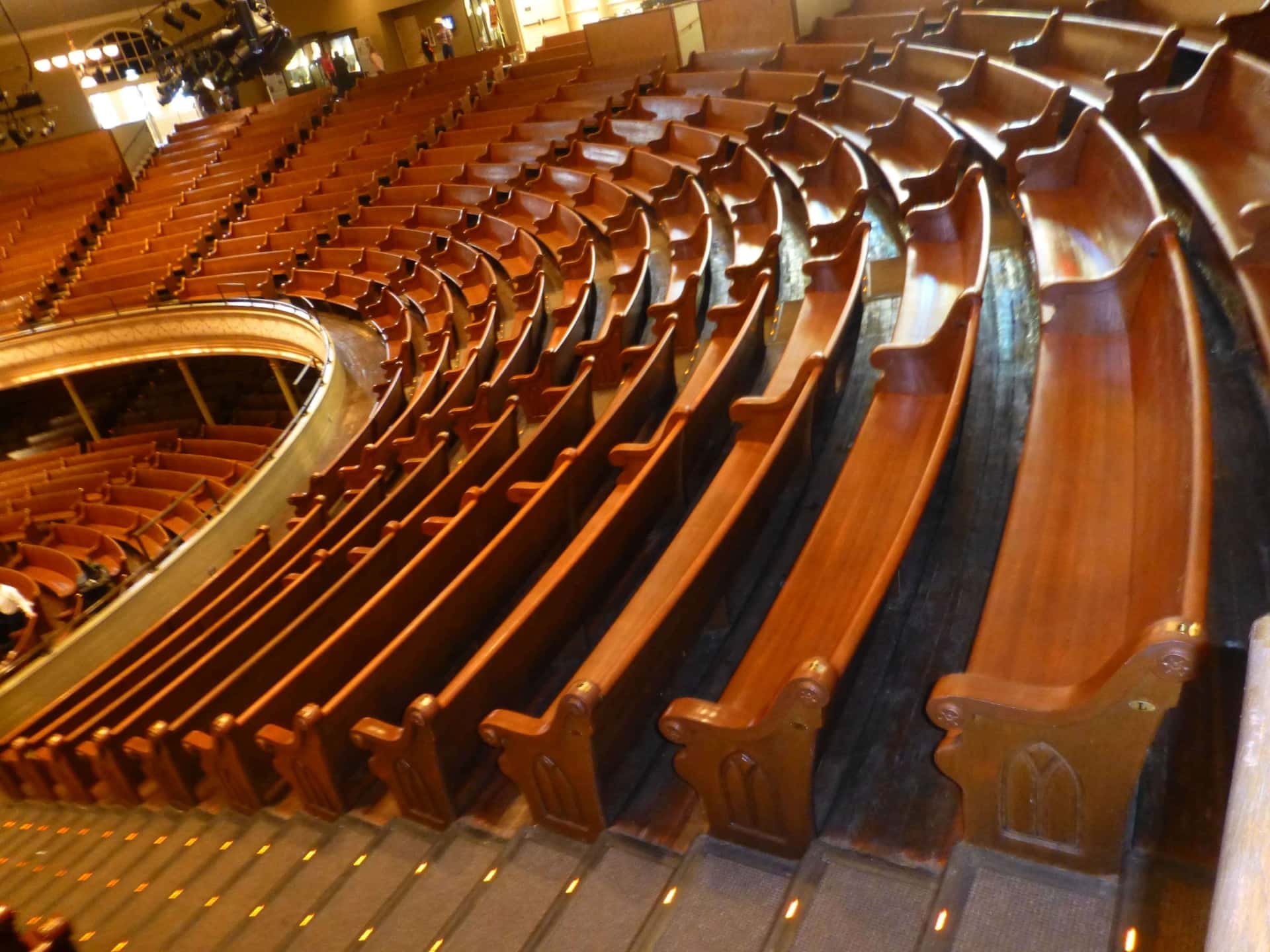
It has 2,362 seats — instead of theatre seating, there are rows of custom made oak pews arranged in a semicircle around the stage, facing what was once the pulpit.

With stained glass windows and other ecclesiastical features, the Gothic Revival interior is impressive. Once inside the building there is no doubt it is (or was) a church and not just a concert hall.

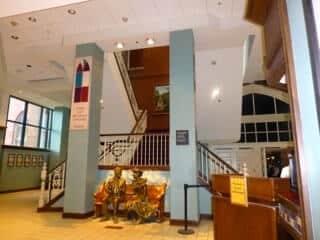

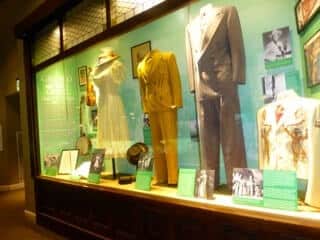
Walking the corridors and galleries of the Church, I was in awe seeing the names of celebrities and performers who have been here since its early days. Framed photographs, musical instruments, costumes and posters have been preserved and are on display, namely: Helen Keller, Sarah Bernhardt, Enrico Caruso, Isadora Duncan, Paderewski, Nijinsky and so many more.
After the Church opened in 1891, it had a hard time covering its overhead purely on donations and was first leased out for political rallies, religious services and performances that kept it financially afloat. In 1914, Lula C. Naff took over the management; the financial turning point and success of the Ryman can be attributed to her.
She was a dynamo who was tough, capable and shrewd — and what she lacked in musical knowledge, she made up for in being determined to bring the best performers and speakers to the Ryman, including Anna Pavlova (who performed four times), John McCormack (seven times), Amelita Galli Curci (six times) and even Charles Chaplin who did his Little Tramp walk and raised $375,000 for the Ryman. The list goes on: Harry Houdini who performed his water escape here, W.C. Fields, Ethel Barrymore who brought her own dressing room (four times), Marion Anderson (five times), the Ziegfield Follies. Fanny Brice in Funny Girl, Eleanor Roosevelt, Al Jolson, Yehudi Menuhin, Jascha Heifetz, Katherine Hepburn, Bob Hope, Mae West and full scale musical productions of the performing arts.
In 1943, The Grand Ole Opry moved into the Ryman as a resident theater and stayed for thirty one years, before moving into their own space at Opryland, a presence which extended the popularity of country music and performers who often played to sold out audiences.

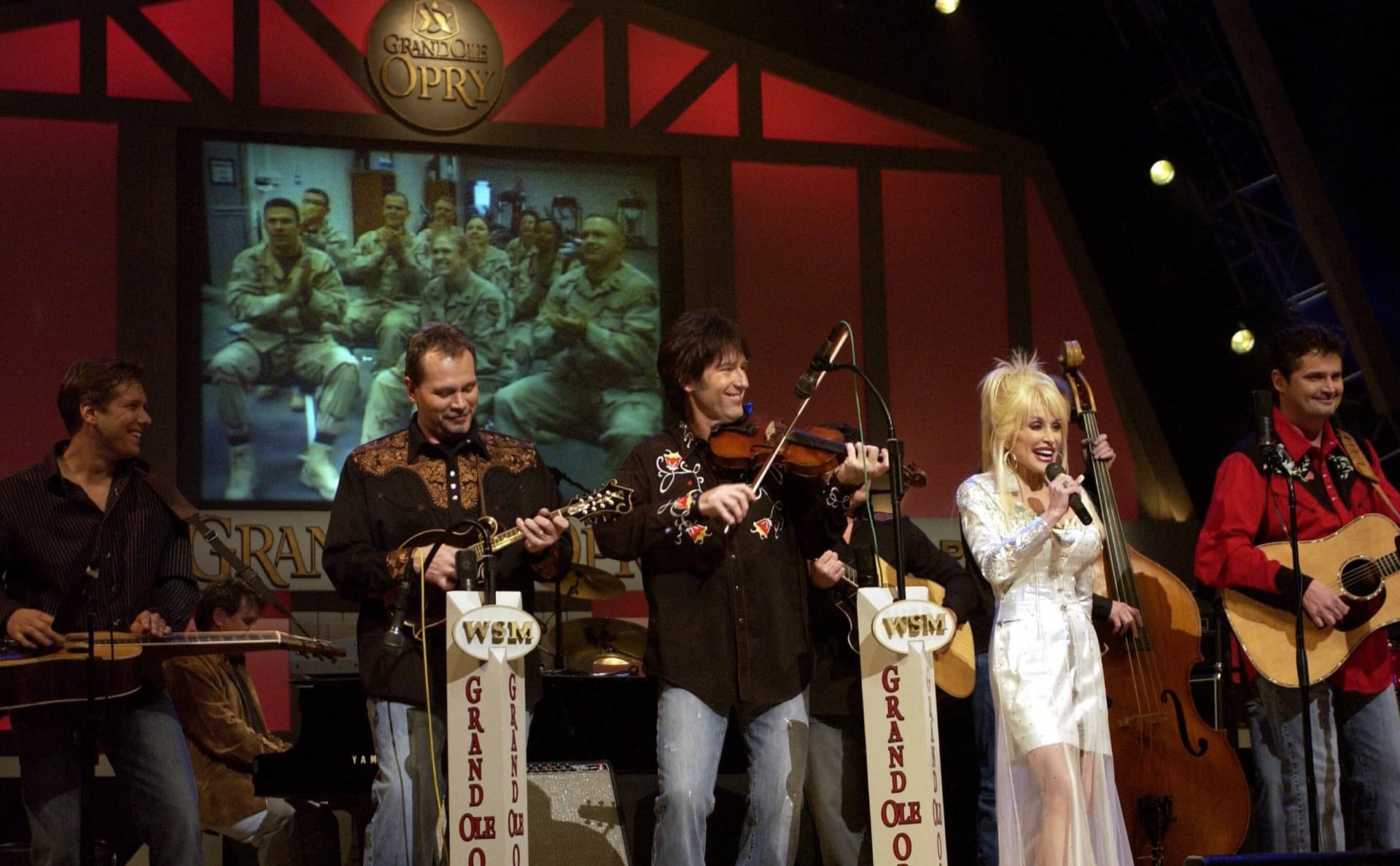
The list of recognizable modern giants in the venue’s history alone is legendary: Ray Acuffe, Minnie Pearl, Bob Wills and his Texas Playboys , Bill Monroe (often called the father of blue grass music), Lester Flatt, Earl Scruggs, Loretta Lynn, Jimmy Rogers, Chet Atkins, Hank Williams, Tony Bennett (vintage but still going strong !!), Buddy Ebsen, Willie Nelson, Kris Kristofferson, Dolly Parton, Johnny Cash, Elvis Presley and The Ink Spots are headliners in a long old school roster. But more recently there’s been Brad Paisley, Kenny Chesney, Cheryl Crowe, Keith Urban, Vince Gill, Tim McGraw, Miranda Lambert, Blake Shelton, Darius Rucker, Lady Antebellum, the McCrary Sisters, Kristian Bush of Sugarland, Jack McHale, Garth Brooks, Tricia Yearwood, Alan Jackson, Luke Bryan, Taylor Swift and many more – so many names it is overwhelming!
When I was there, R&B and Motown phenomenon Diana Ross was booked to perform for one night. Known for her many costume changes, she may also need to bring her own dressing room as well…


There is a sound recording studio inside the Ryman, too — and anyone who thinks they are sufficiently talented (or not !!) can make a recording inside the studio that will be reproduced with the Ryman label.
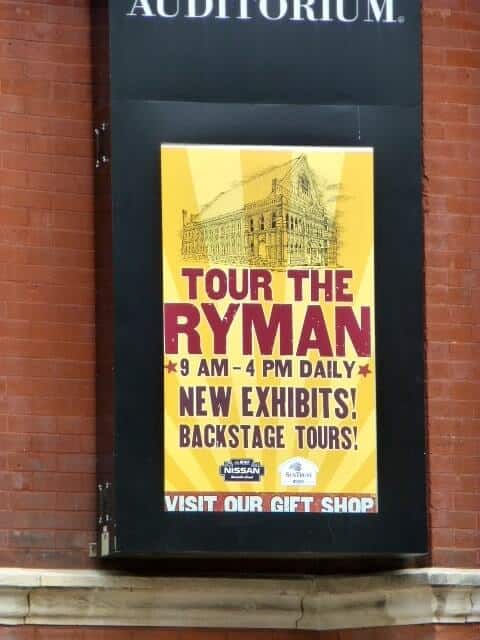
The Ryman Auditorium is a unique musical venue and a treasure trove of musical history; an integral part of the Nashville Music Scene and continues to put on great performances. Although the emphasis today is more on Country Music, many performers of all musical genres include it on their touring schedule because of its prestigious venue and near-perfect acoustics. The religion at this Church is Music and there is no shortage of attendees.
Jason Aldean, a country songwriter and singer, wrote a ballad called “Just Gettin’ Started” — a lyric that could apply to the Ryman Auditorium, “The Mother Church of Country Music.”


As a country music enthusiast, I thoroughly enjoyed reading about the Ryman Auditorium in Nashville, TN, also known as the Mother Church of Country Music. The history and significance of this venue is truly remarkable, and it’s amazing to see how it has continued to evolve and remain relevant in the music industry. I hope one day to visit and experience a show at this iconic venue. Great article, thanks for sharing!
Thank you for your interesting comment. I had never been a fan of country music and knew very little about it until I visited Nashville — but catching up on all that history, and visiting places like the Opry and the Ryman, (as well as the Honk Tonks and other music venues), how can you ignore that rich history? Please visit Nashville when you can — it is well worth it. The music is exceptional, but the city is interesting, with great museums and wonderful food.